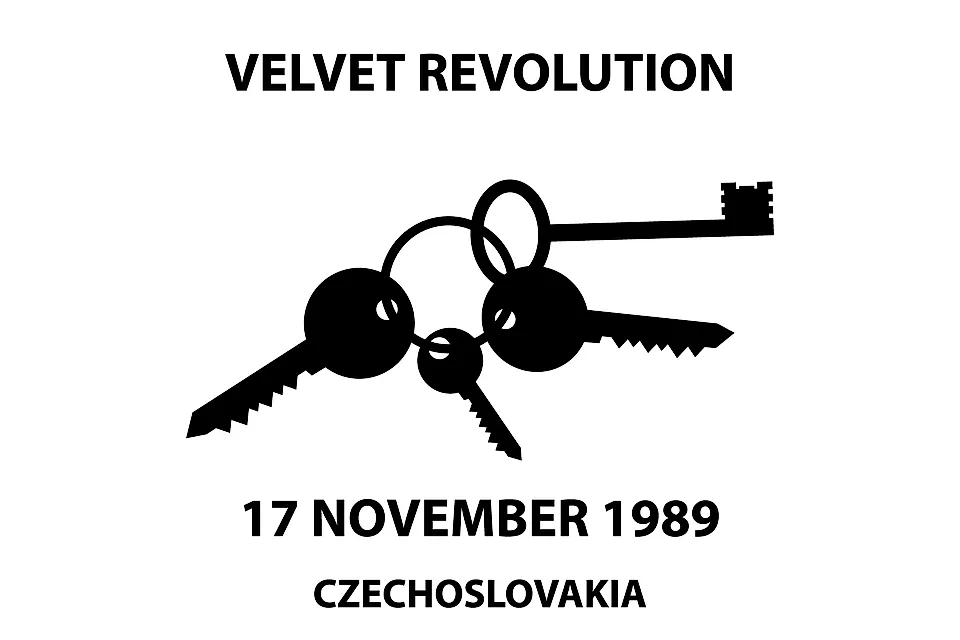What Was the Velvet Revolution?

The Velvet Revolution, locally known as the Gentle Revolution, was a nonviolent, bloodless transition from communism in the Czechoslovakia Republic. The transition, lasting between November 17 and December 29, 1989, was marked by demonstrations led by students and older dissidents against the one-party government of the Communist Party of Czechoslovakia. The result was the end of 41 years of one-party rule in Czechoslovakia, and its conversion to a parliamentary republic, as well as abolishing the planned economy.
Ideals of the Revolution
The Velvet Revolution commenced on November 17, 1989, when students marched to mark the 50th anniversary of Jan Opletal, a protester who died during demonstrations against the Nazi occupation. On this anniversary, students in the capital city of Prague marched to the streets in protest of the oppressive regime under the leadership of Gustav Husak, who assumed power after the Soviet invasion of 1968. Despite the introduction of Perestroika reforms, Gustave was still reluctant on abolishing communism within the country. He continued promoting communism dictatorship, a centralized economy, no political pluralism, and a civil society limited to few dissident initiatives.
The new political elite acknowledged the fact that the country could not transform itself into a post-communist democracy unless it eliminated communist leadership. Initially, the demonstrations began as a peaceful legal rally, but changed into a demonstration demanding democratic reforms. From November 18 until November 28, during the general strike, mass demonstrations took place in Prague, Bratislava, and most parts of the country. The Civic Forum led by Vaclav Havel, a rebel leader against communism, demanded the resignation of the Communist government, the release of prisoners of morality, and inquiries into the November 17 demonstrations during which anti-riot police injured 167 students and killed one.
A similar group, the Public Against Violence (VPN), emerged in Slovakia and garnered support from Czechoslovakian citizens through the distribution of the “Eight Rules of Dialogue.” The document advocated for democracy, political representation, freedom, fairness, and abstinence from ad hominem attacks.
Aftermath
Vaclav Havel, having orchestrated successful demonstrations and public strikes, became the face of opposition and was invited to hold talks with the government in early December 1989. He influenced the Communist government to resign and was appointed president of Czechoslovakia in 1989, and then elected as president in June 1990, and held office until 2003.
Upon assumption of power, the new president abolished communism and promoted democracy in the republic. The newly formed government and parliament concentrated on human rights, private ownership, and business laws. Havel and his top economic advisors moved the market economy by liberalizing prices, pushing for de-monopolization, and privatizing the economy. To end the life-long employment and increased unemployment rates, the president established a minimum wage and unemployment benefits for citizens.
Despite fighting communism together, Czech and Slovakia split into two separate states on January 1, 1993, after political representatives were unsuccessful in finding bilateral models of co-existence between the two nations. Nevertheless, the two countries are fully democratic nations with growing economies and stable political cultures.











